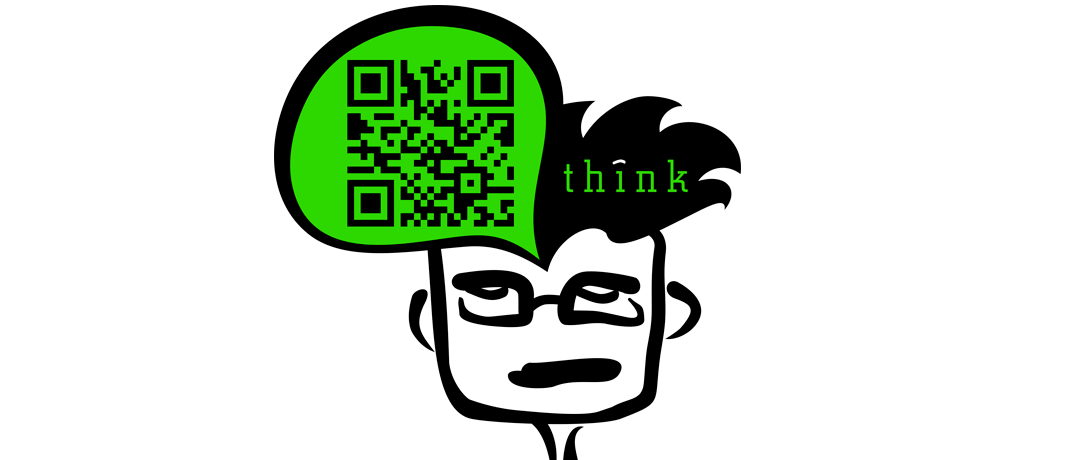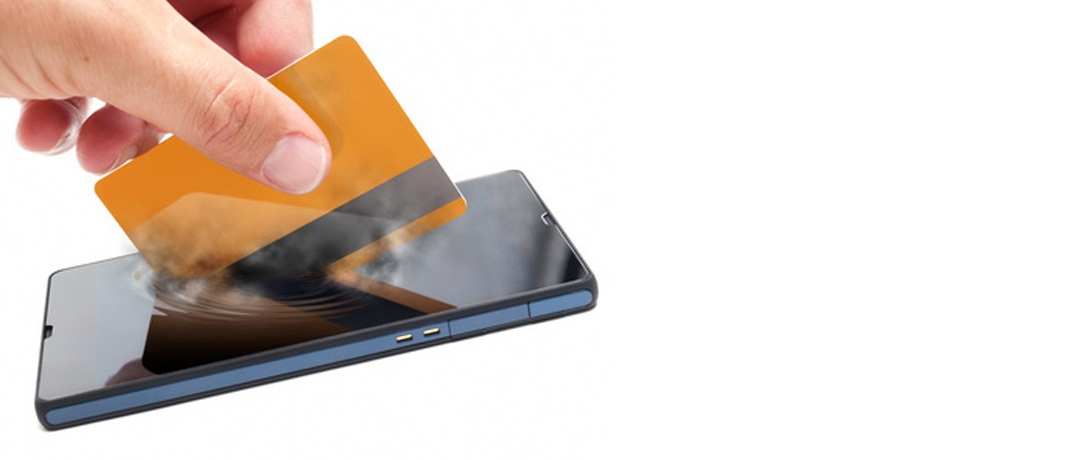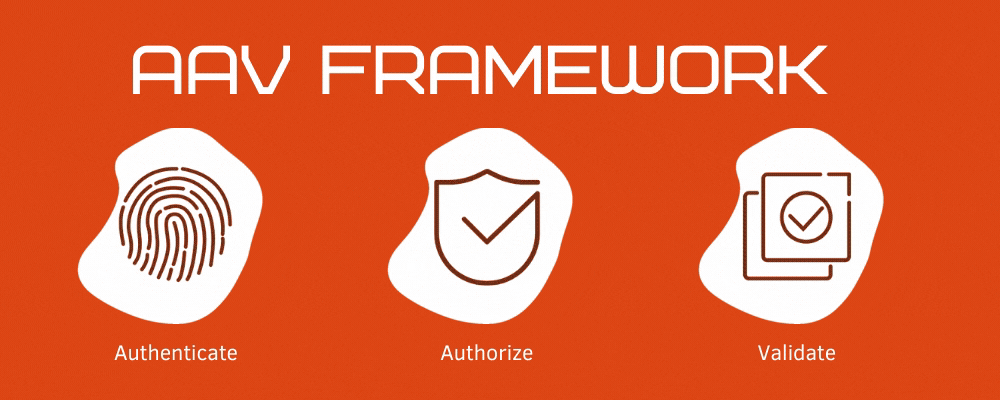QR Codes are everywhere

Quick Response (QR) Codes are everywhere we go. They are on adverts, in newspapers, on the backs of books and appearing on television screens. They make use of a technology which has been in existence for some time, but that until now has been more common in supermarkets than out on the street.
The barcode is a versatile and compact means of storing a great deal of information in a relatively small space. Information which can then be called up from a database and used when it is needed. Although barcodes are still in wide use for this, the advent of mobile devices which are able to use their inbuilt cameras as barcode scanners has led to an increase in the use of QR codes as a means of delivering content to end users through their internet connection.
A large number of devices are sold with the barcode scanning capacity already enabled, but where this is not the case there are several free apps that serve this purpose across all of the major operating systems.
The origin of QR codes lies in the Japanese motoring industry and have since become very popular in industries which transport large quantities of products across all sorts of distances. QR codes appear both on personal mail sent via courier and business supplies. The information stored in the miniscule black dots, enables courier to know exactly where each package is headed and means that they can provide their customers with real-time updates about the location of their delivery.
QR codes have also proven to be a big hit with advertisers. It has meant that they have been able to make their adverts interactive and deliver content directly into the hands of consumers. There are two main types of QR currently in commercial use; those which direct users to a website or specific set of web pages and those which link to a download for a particular app. Both of these are content-centric and are focused on encouraging the customer to interact with a campaign.
The popularity of QR codes with consumers comes from their convenience and ease of use, rather than having to type out a web address or perform and online search they are able to follow a direct link straight to where they want to go. In this way QR codes on advertising billboards are like printed hyperlinks! Taking consumers exactly where they, and the advertiser want them, to go.
An emerging use of QR codes is in conducting mobile to mobile payments. Where the first user has a secure application linked to their payment information; the merchant system generates a QR Code and presents it to the customer. The customer then scans the QR Code and the payment is made using their mobile device and PayPal wallet. No cash has changed hands and the payer has not needed to disclose any information to the payee other than a simple code!
Have you used QR codes at all? How have you used them? We’d love to hear!

codeMan by Labs64/grinia is licensed under a Creative Commons Attribution-NonCommercial-NoDerivatives 4.0 International License.
Image Credits: Labs64



